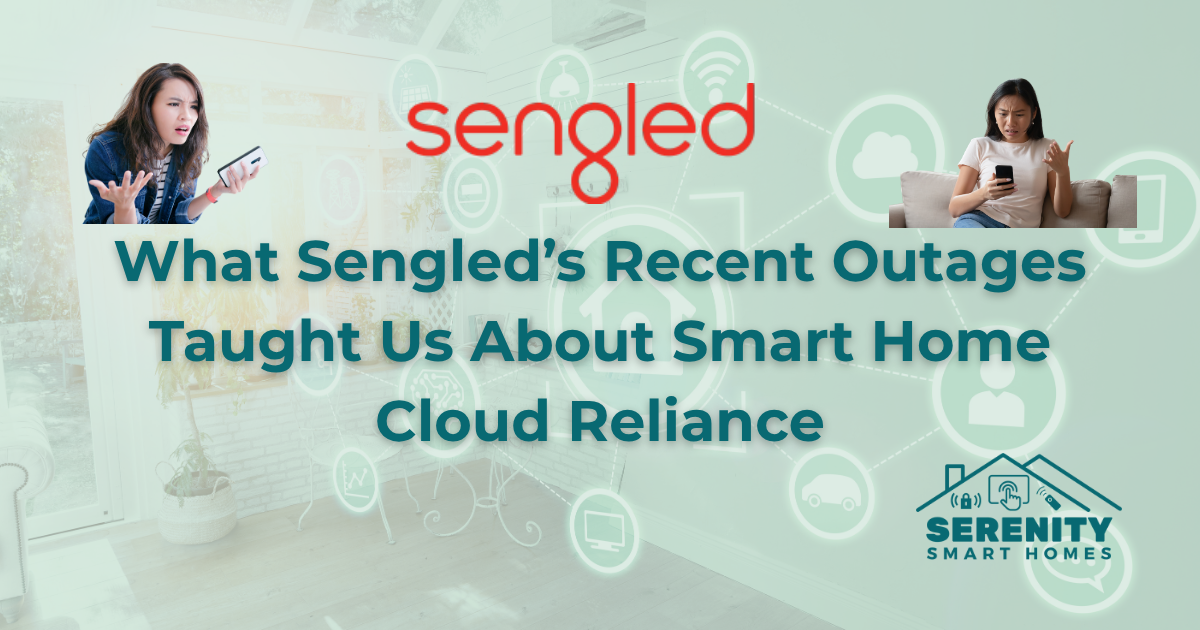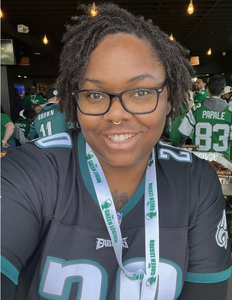What Sengled's Outages Taught Us About Cloud Reliance, And How to Build a Smarter Smart Home
Still feeling frustrated, let down, and left in the dark by Sengled bulbs that won't connect, are unresponsive, or are experiencing an outage? Are you curious about cloud-free and local smart lighting alternatives? Check out the following guides here:
When the Cloud Breaks, So Does Your Smart Home
The recent Sengled outage that took place from June 18th to June 22nd 2025 left thousands of smart bulb users without control, exposing a glaring flaw in cloud-dependent smart home technology. If you woke up to unresponsive lights and a house out of sync, you’re not alone. Sengled’s reliance on cloud servers left homeowners literally in the dark, highlighting a critical vulnerability: most smart home products today are only smart when the internet works.
Missed what went down? Catch up on the Sengled outage breakdown here.
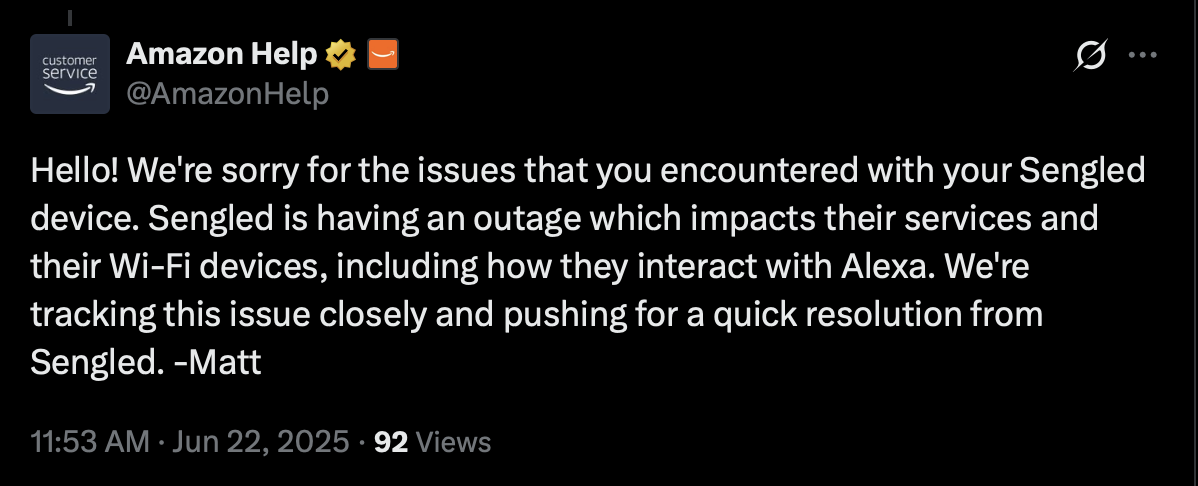
Amazon Alexa still responding to customers in Sengled's silence
Lessons from the Sengled Outage for Every Alexa Household
Based on insights gathered from recent customer consultations, the Sengled incident demonstrated that convenience can come at the expense of reliability:
- Hidden Risks of Cloud Dependence: Users expressed significant frustration with cloud-reliant devices that unexpectedly stopped working, emphasizing that smart technology should never compromise basic reliability.
- Costly Consequences: Real estate investors shared concerns about financial risks from unnoticed malfunctions, like water leaks, highlighting the necessity of stable, locally controlled solutions to avoid costly damage.
- Complexity and Overwhelm: Customers frequently mention frustration managing multiple apps and brands. They prefer integrated, local solutions like Home Assistant for streamlined and reliable control.
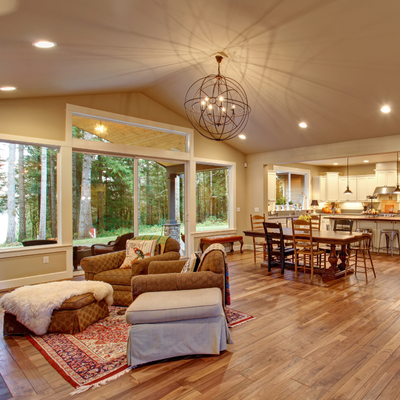
Jump to Our Smart Home Lighting 101 Guide
Future-Proof Your Smart Home
The solution? Embrace smart home automation without cloud reliance. To achieve this, you should consider smart device communication protocols like Zigbee and Z-Wave. Here’s how Serenity Smart Homes ensures our clients’ smart systems stay reliable, even if the internet doesn’t:
Use Zigbee Bulbs — Without the Cloud
Zigbee bulbs like Philips Hue or Sengled’s Zigbee-based models, paired with a local controller (not Sengled’s cloud app), ensure your smart home continues running smoothly without internet dependency. Philips Hue specifically utilizes Zigbee within its hub, ensuring consistent, local operation without relying on Wi-Fi or external network connectivity. Local solutions mean your automations stay responsive even if your Wi-Fi fails.
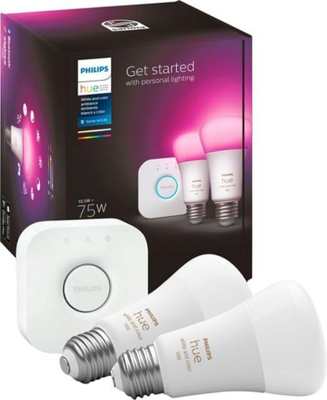
Philips Hue smart bulbs are a great option for locally-controlled lighting
You might wonder why there are fewer Z-Wave bulbs available. Z-Wave is a standardized but closed protocol, making it more expensive for manufacturers to develop compatible products. In contrast, Zigbee is an open standard, allowing smaller smart home brands to easily integrate this protocol into their devices, resulting in a broader selection of Zigbee-compatible bulbs.
Serenity Smart Homes-tested options:
- Philips Hue Bulbs with Hue Bridge (reliable local control)
- Sengled Zigbee Bulbs with a separate Zigbee hub like Home Assistant
Install a Robust Local Smart Home Hub
Here’s a quick overview of the two primary local smart home communication protocols:
- Zigbee: Operates primarily at 2.4 GHz, designed for low-power IoT devices like smart lights and sensors, supporting robust mesh networking for wide coverage.
- Z-Wave: Operates around 900 MHz, providing strong signal penetration, better range through walls, and exceptional interoperability among certified devices.
👉🏾 For an in-depth comparison, check out our Zigbee vs. Z-Wave technical guide.
Serenity Smart Homes recommends running Home Assistant, a robust open-source platform, ideally on a Home Assistant Green for those just starting their locally-controlled smart home journey, or a mini PC for those running additional self-hosted software. While Raspberry Pi devices are suitable for initial testing and experimentation, the SD cards that they rely on for storage generally can’t handle the extensive write operations required by typical Home Assistant setups long-term.
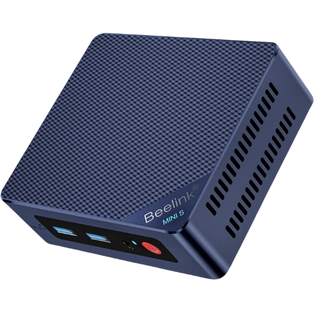
Example mini PC to run Home Assistant on
With a Zigbee dongle (like the Sonoff Zigbee 3.0 Plus or Home Assistant SkyConnect), your smart home can operate entirely independently from cloud services. This local setup provides faster responses, seamless automations, and complete control over your data.
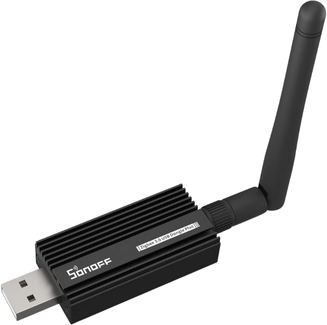
Sonoff Zigbee dongle you can connect to a Home Assistant Green or mini PC for local smart home control
What You Gain with Local Control
Adopting local control means:
- Reliability: Lights and devices remain operational during outages
- Simplicity: Manage all devices through one intuitive interface
- Peace of Mind: No more unexpected disruptions or lost control

Download Now: 5 Simple Automations to Save Time & Lower Stress at Home
Not Sure Where to Start? Serenity Smart Homes Can Help
Feeling overwhelmed by tech choices? You’re not alone. Many busy professionals, caregivers, and entrepreneurs find the complexity daunting. Serenity Smart Homes specializes in creating reliable, intuitive solutions tailored specifically for:
- Busy caregivers juggling family responsibilities and work
- Entrepreneurs seeking stress-free client experiences
- Property managers and real estate investors who value dependable, profitable smart home setups
Run by an expert committed to exceptional customer service, Serenity Smart Homes ensures you’ll never be left in the dark.
Book your free 30-minute smart home consultation and we’ll set the stage for designing a system perfectly aligned with your lifestyle and needs.
Worried about Belkin shutting down its Wemo cloud control service? Check out our Wemo Shutdown Survival Guide ->
Smart Homes Should Be Smart Even Without the Internet
The most recent Sengled outage was a stark reminder that smart technology is only as good as its reliability. By prioritizing local control and expert integration, your home can offer consistent comfort, convenience, and security, no matter what happens in the cloud.
You’re not alone in navigating this complexity. Serenity Smart Homes is here to help you build a smarter, safer, and more reliable smart home.

